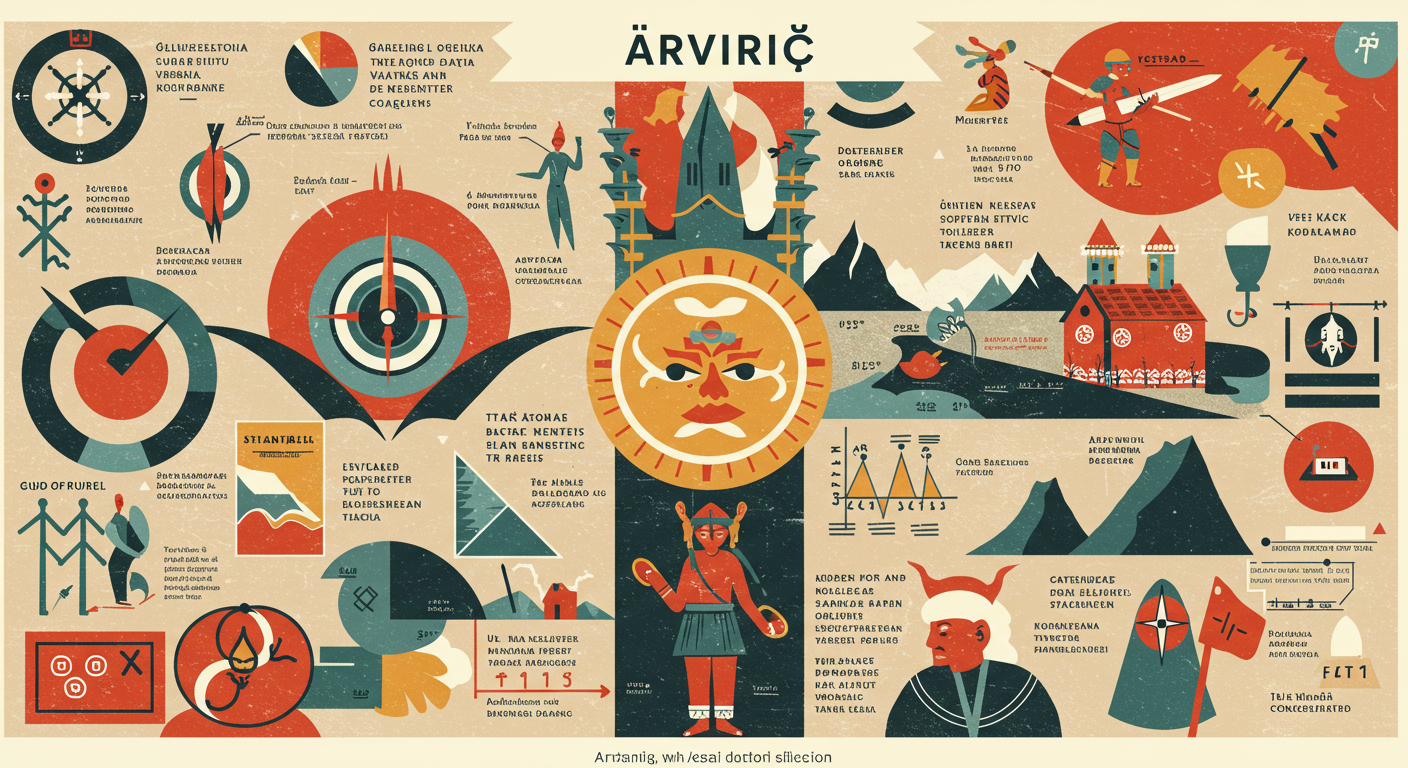The term örviri may sound unfamiliar to many, but it carries a depth of meaning that intertwines history, culture, and modern interpretation. While its exact origins remain debated, örviri has grown into a concept that represents more than just a word — it embodies a blend of tradition, symbolism, and evolving human creativity.
In this article, we will explore what örviri means, where it comes from, and how it is used in today’s world, making it easier for readers to understand its value and relevance.
Understanding the Essence of Örviri
The word örviri is often linked to cultural heritage. Depending on the context, it can symbolize wisdom, unity, or transformation. Although definitions vary between regions and languages, the concept typically reflects something rare and precious.
Some linguists believe that örviri stems from ancient dialects where similar-sounding words described sacred or unique objects. Over time, these interpretations have evolved, and now the word can also refer to ideas, traditions, or even artistic expressions that hold deep meaning for a community.
Historical Background of Örviri
To understand örviri, we must step into history. Anthropologists suggest that the earliest uses of this term were in ceremonial contexts, possibly describing a revered artifact or a spiritual practice.
In rural communities, örviri was often tied to oral traditions — stories passed down through generations. These stories reinforced moral values, preserved cultural identity, and strengthened social bonds. The term’s association with something treasured gave it a special place in local language.
Örviri in Cultural Symbolism
A Marker of Identity
For many people, örviri is not just a word; it’s a symbol of belonging. Communities have used it to represent their unique history and shared values. In this sense, örviri becomes a form of cultural branding — a way to identify with one’s roots while distinguishing one’s heritage from others.
A Bridge Between Generations
In some traditions, örviri serves as a bridge between the past and the present. It connects ancestral wisdom with modern living, ensuring that the lessons of the past are not forgotten. By preserving such concepts, societies maintain continuity while adapting to change.
Modern Uses of Örviri
Today, örviri has expanded beyond its traditional context. In creative industries, it might be used as a name for artistic projects, brands, or even literary works. The uniqueness of the word gives it a distinct and memorable quality, making it attractive for marketing and storytelling.
In online spaces, örviri sometimes appears as a username, product label, or community tag. Its rarity makes it stand out, and its layered meaning adds depth to whatever it represents.
Why Örviri Resonates in the Digital Age
The digital era thrives on unique identifiers, and örviri fits perfectly into that need. Whether it’s used in branding, social media, or online communities, the term offers an instant sense of individuality.
Moreover, people today are drawn to authenticity — words and symbols with real stories behind them. Örviri offers both mystery and history, encouraging curiosity and connection.
The Linguistic Appeal of Örviri
From a language perspective, örviri is fascinating because it blends phonetic beauty with semantic richness. The accented “ö” gives it a distinctive look and sound, while the combination of consonants and vowels makes it easy to remember. This combination is rare and gives the word its charm.
In branding or literature, such phonetic uniqueness helps an idea stand out, making örviri not just meaningful, but also practical for communication.
Preserving and Promoting Örviri
To ensure the survival of words like örviri, cultural preservation efforts are vital. Linguists, writers, and community leaders can document its meanings, share its stories, and adapt it to new contexts without losing its essence.
Workshops, online archives, and storytelling events are all ways to keep örviri alive in both local and global conversations. By doing so, future generations can connect with the richness of their linguistic heritage.
Conclusion: The Timeless Relevance of Örviri
it is more than a term — it is a cultural artifact in linguistic form. Its historical roots, symbolic power, and modern adaptability make it a word worth knowing and preserving. In a fast-changing world, concepts like örviri remind us that some treasures are not material but linguistic and cultural.
By understanding and using thoughtfully, we keep alive a small but meaningful thread in the tapestry of human heritage.
